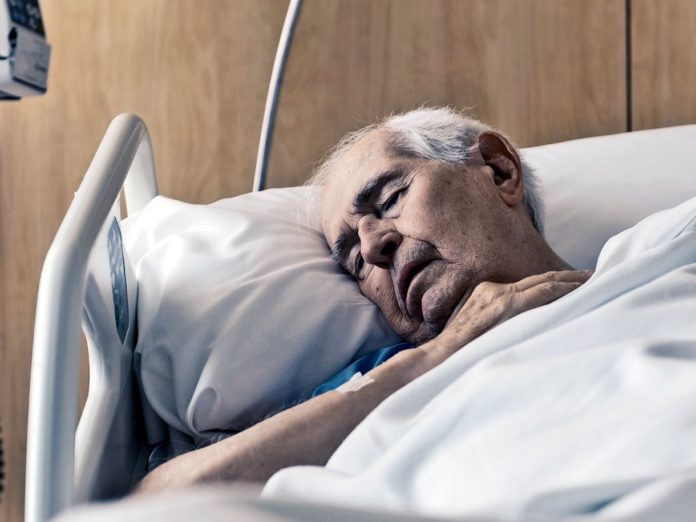What is going on right now inside our Minnesota long-term care and assisted living facilities—if what I have seen firsthand every work day and heard of through others can be generalized across Minnesota—could perhaps be described as the worst human crisis in Minnesota history.
I’m not describing just the death rate in those facilities, which in and of itself has been a crisis. Minnesota literally leads the nation in terms of the percentage of its COVID-19 deaths occurring in long-term care or assisted living facilities.
For my work, I must check the Minnesota Department of Health website daily. As I write now on May 28, 2020, Minnesota has had 932 total COVID-19 related deaths. Of those, 759 were “cases that resided in long-term care or assisted living facilities,” reported Minnesota’s Department of Health this day. That translates to 81.4 percent of all COVID-19 deaths.
No, what I’m describing as the “worst human crisis” in Minnesota history includes the intense emotional stress and strain many long-term care and assisted living facility residents must face morning, noon, and night—even this very day.
Before I continue, I need to state not all long-term care and assisted living facility residents have been facing such intense emotional stress. Some have coped well enough, in part due to the ramped-up, caring efforts of tens of thousands of nurses, aides, activity directors, social workers, therapists, administrators, and housekeeping, maintenance, and dietary staff.
But many haven’t done well. From what I’ve heard and seen first- and second-hand, some residents have been losing hope—and others have already given up. I’ve heard comments several times from residents who fear restrictions on having visitors, for example, will last years.
I don’t blame them for feeling that way. With inside-facility activities curtailed, and knowing the death rates statewide, and being unable to receive visitors face-to-face, and being unable to leave the facility to visit family and friends without facing a two-week quarantine upon returning, and being and feeling isolated from others inside the facility even for meals, and being unable to congregate for religious services inside the facility, the primary activity many residents have had the last few months has been watching television.
Of course, on TV, they can see the world opening up. But theirs hasn’t been. Which magnifies the issue.
Direct face-to-face human interaction with family and friends always has been the lifeblood keeping many elderly people in these facilities emotionally alive. Our state government, in trying to stop this virus, has applied for months now a tight tourniquet to stop that lifeblood.
I’m not a “scientist.” But I don’t have to be one to see the “cure” being worse than the disease. I’ve sat with people crying over missing loved ones. Some have given up hope. Their state government has not told them when their nightmare will end. Many can’t see a way out.
Minnesota needs to develop guidelines soon to allow face-to-face family interaction—in the least. Talking through window glass just doesn’t cut it.
______
Besides being a mental health professional, Dan Vance used to author the weekly newspaper column, “Disabilities.”


















